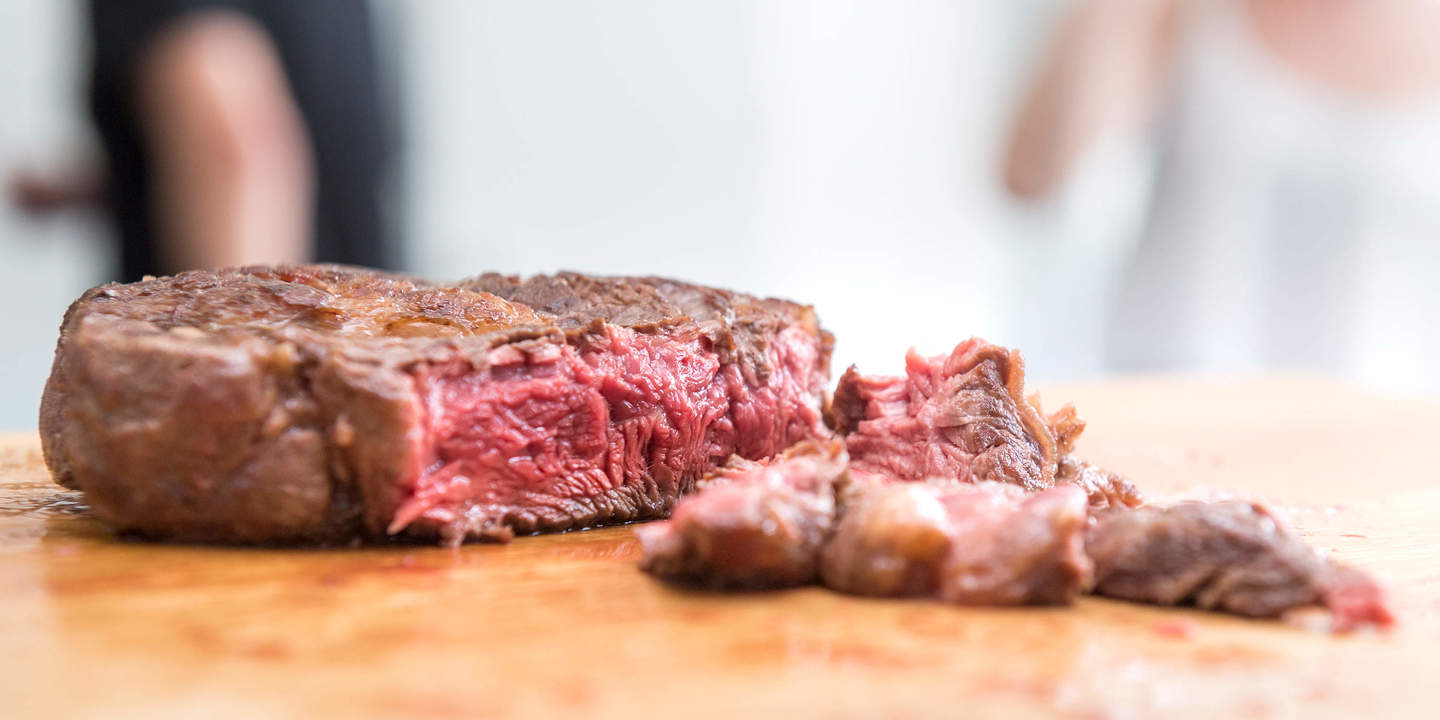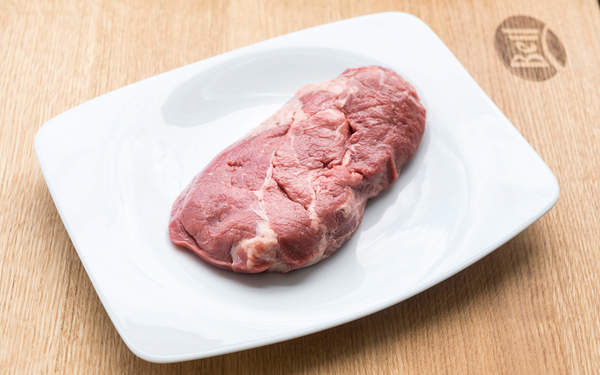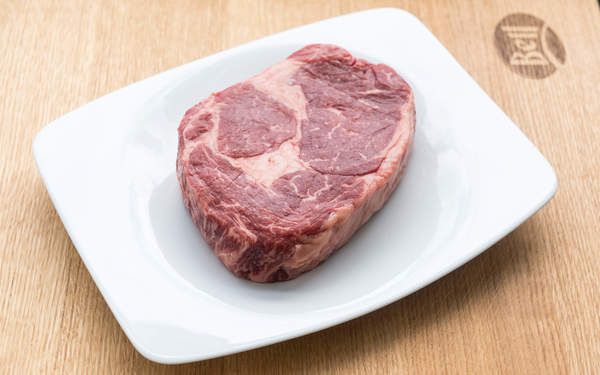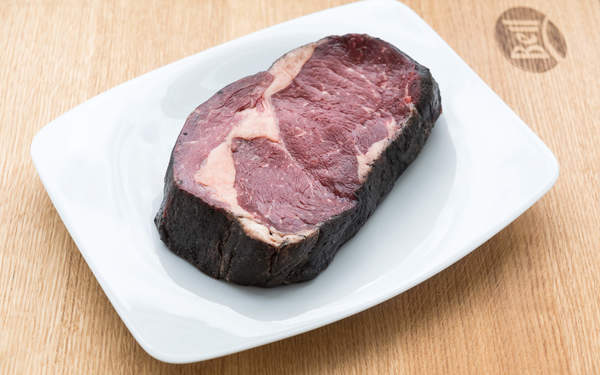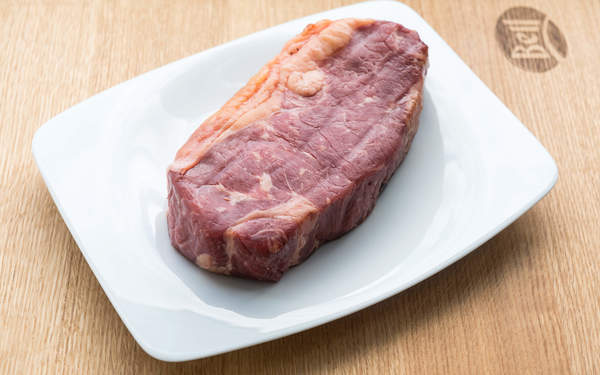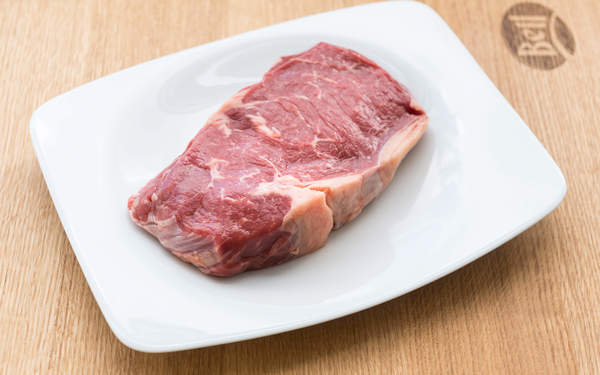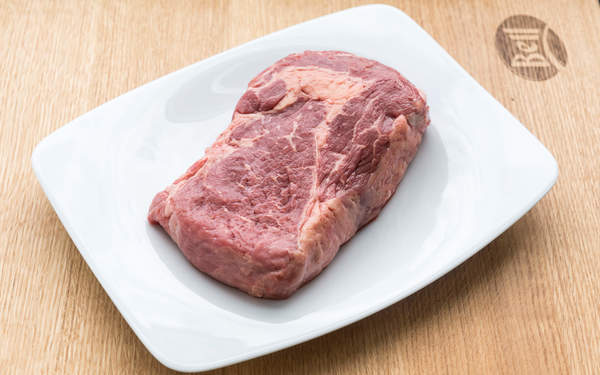On the tracks of ageing meat
Jan Schemmer is Head of Product Management and Sales Promotion Charcuterie at Bell Switzerland and one of the first meat sommeliers in the country. «Bell News» was inducted into the secrets of ageing meat during the course of a tasting session in Basel.
Jan Schemmer is a complete expert when it comes to meat. Following his apprenticeship as a butcher and subsequent qualification as a master butcher, he began working for Bell in 2013 as a product developer for raw sausage meat and raw cured products. He was appointed Head of Production Management and Sales Promotion Charcuterie in 2016. He has now added another string to his bow: Jan Schemmer became one of Switzerland’s first certified meat sommeliers in June 2017.

The meat specialist acquired a wealth of expert knowledge during a nine-day crash course at the 1st Bavarian Butchers’ College Landshut – the topics ranged from production and individual cuts to sensory and culinary perception to marketing and animal husbandry issues. He completed the course to come top in class. The expert shared his knowledge during a small tasting session, where he explained the particularities and characteristics of the various methods of ageing meat.
«We age meat to make it tender», explains Jan Schemmer, «most people know that.» The process of ageing is less well-known, however: after slaughtering, the energy stored in the meat in the form of sugar breaks down. This process produces lactic acid. The energy stored in beef breaks down completely within 36 to 40 hours and the meat becomes tough. This is when the meat’s own enzymes set to work breaking down the structure of the meat fibres. The ageing process begins and the meat becomes tender again. So what ageing methods are there?
